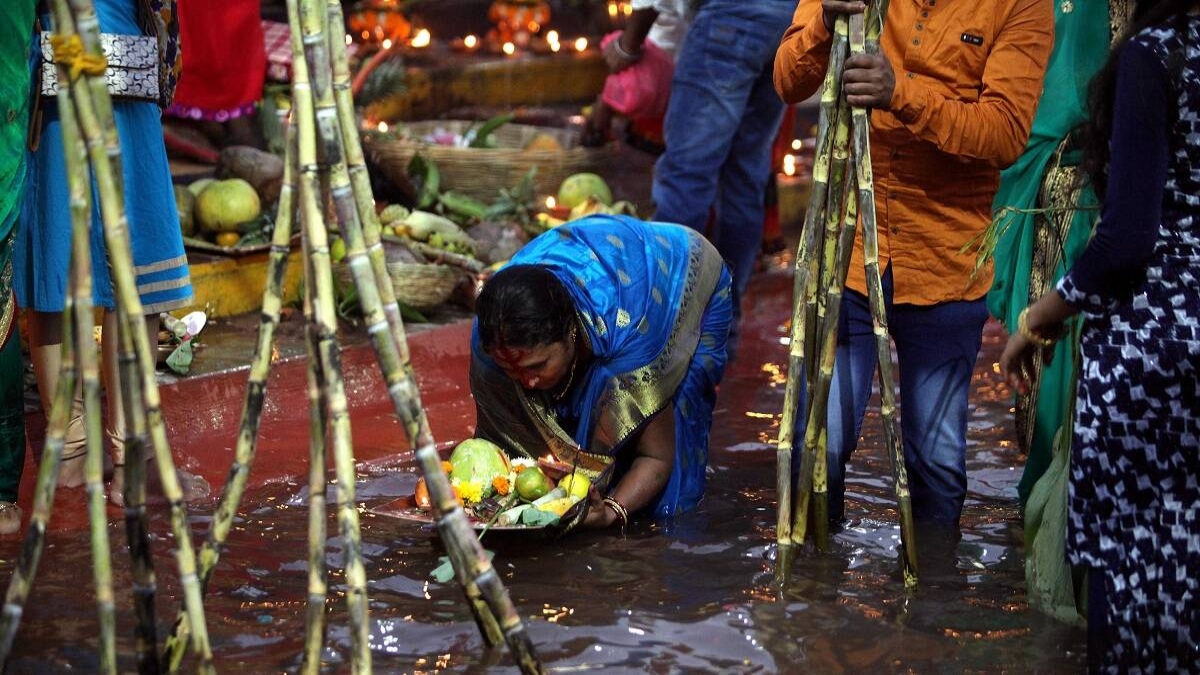


The spirit of festivals has been collectively embedded in our DNA because they help in building a strong bond between families and also among our communities, as India has had a rich cultural heritage for centuries.
This is also the reason why, no matter which part of the country one might be in, we can find a sense of belonging, especially during the festive season.
While this period of festivity peaks around Diwali, with its hustle and bustle passing, an unexplained calm and poise sets in, indicating that Chhath Puja is here.
Generally, festivals in North India are loud affairs with lots of lavishness, noise, and extravagance, but Chhath is an occasion all about devotion.
The four-day festival, which holds a special place in the hearts of people from the Bihar region is dedicated to the Sun God and his two consorts, Usha and Pratyusha.
A striking difference is that Chhath is probably the only major Hindu festival that doesn’t involve priests or purohits. There is no idol worship, and priests, or purohits, are not required to preside over the rituals.
This festival’s main worshippers, called ‘parvaitin’, are usually women. However, many men also observe this festival, as Chhath is not a gender-specific festival.
All in all, the most vital difference that Chhath Puja has from other festivals is its simplicity and holiness, as neither huge magnificent pandals nor any grand temples are needed to celebrate it.